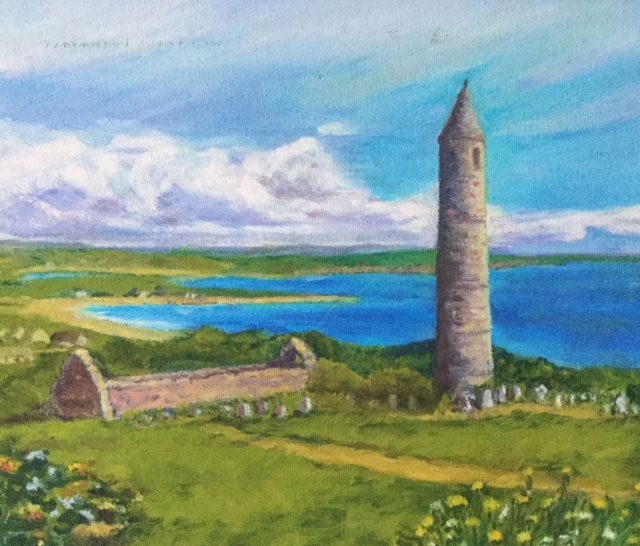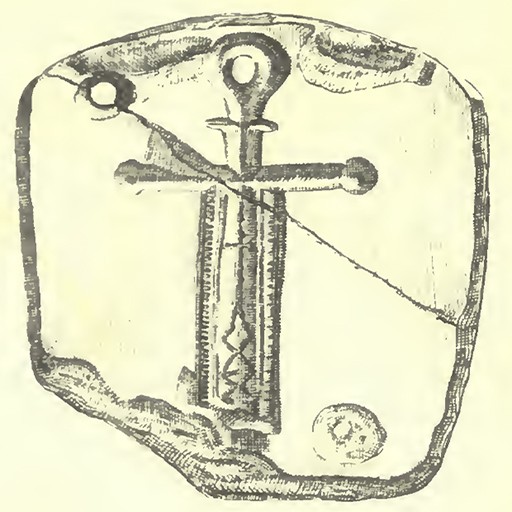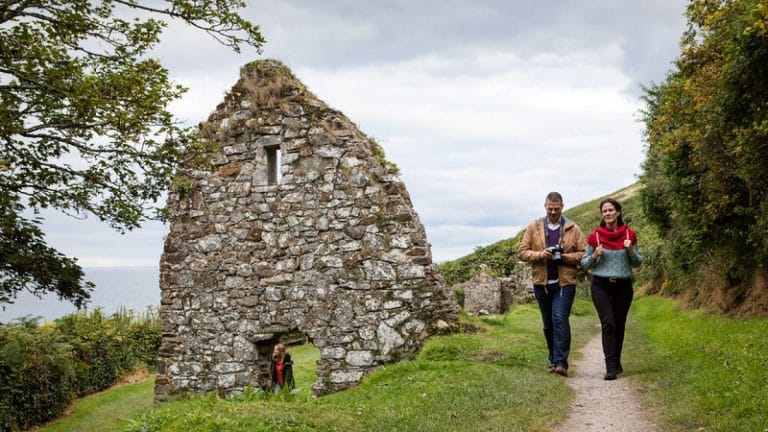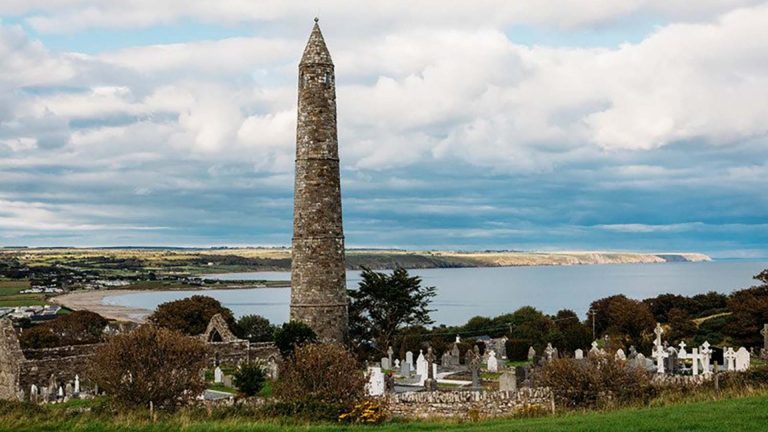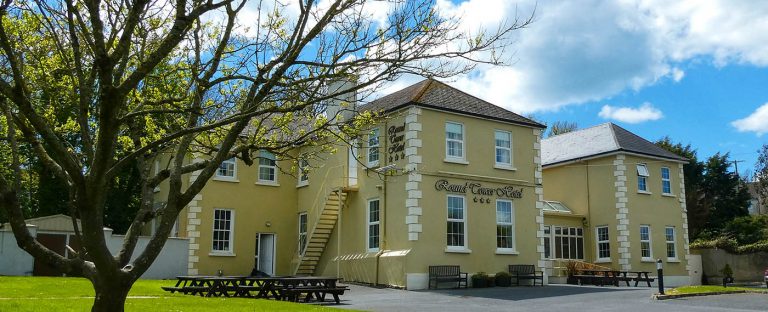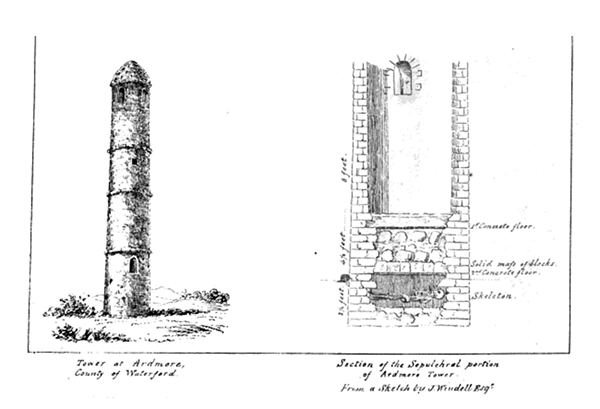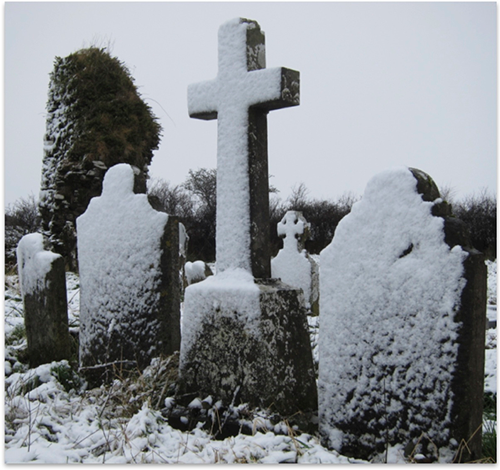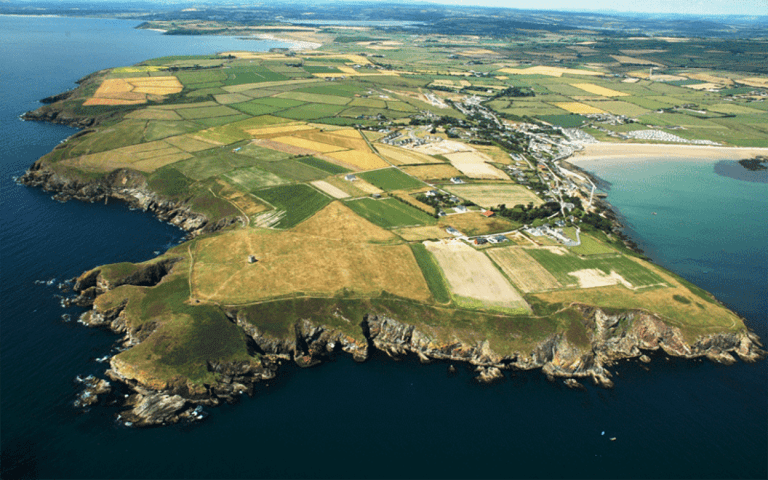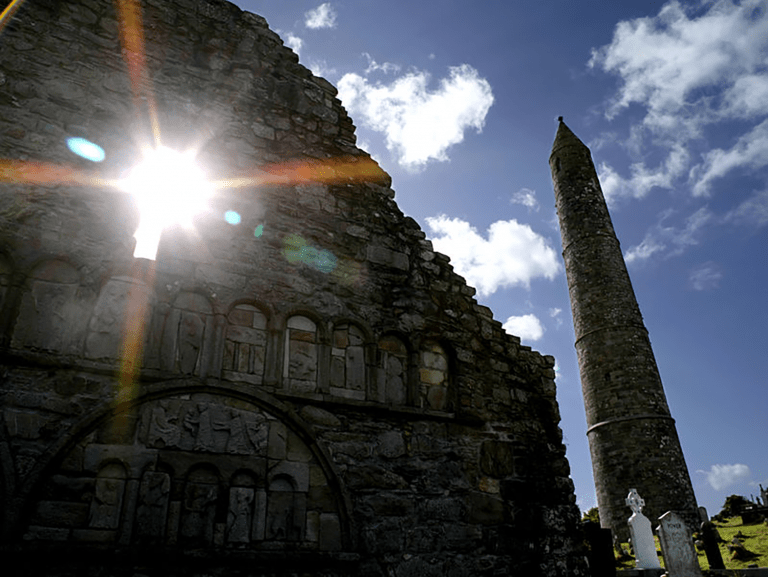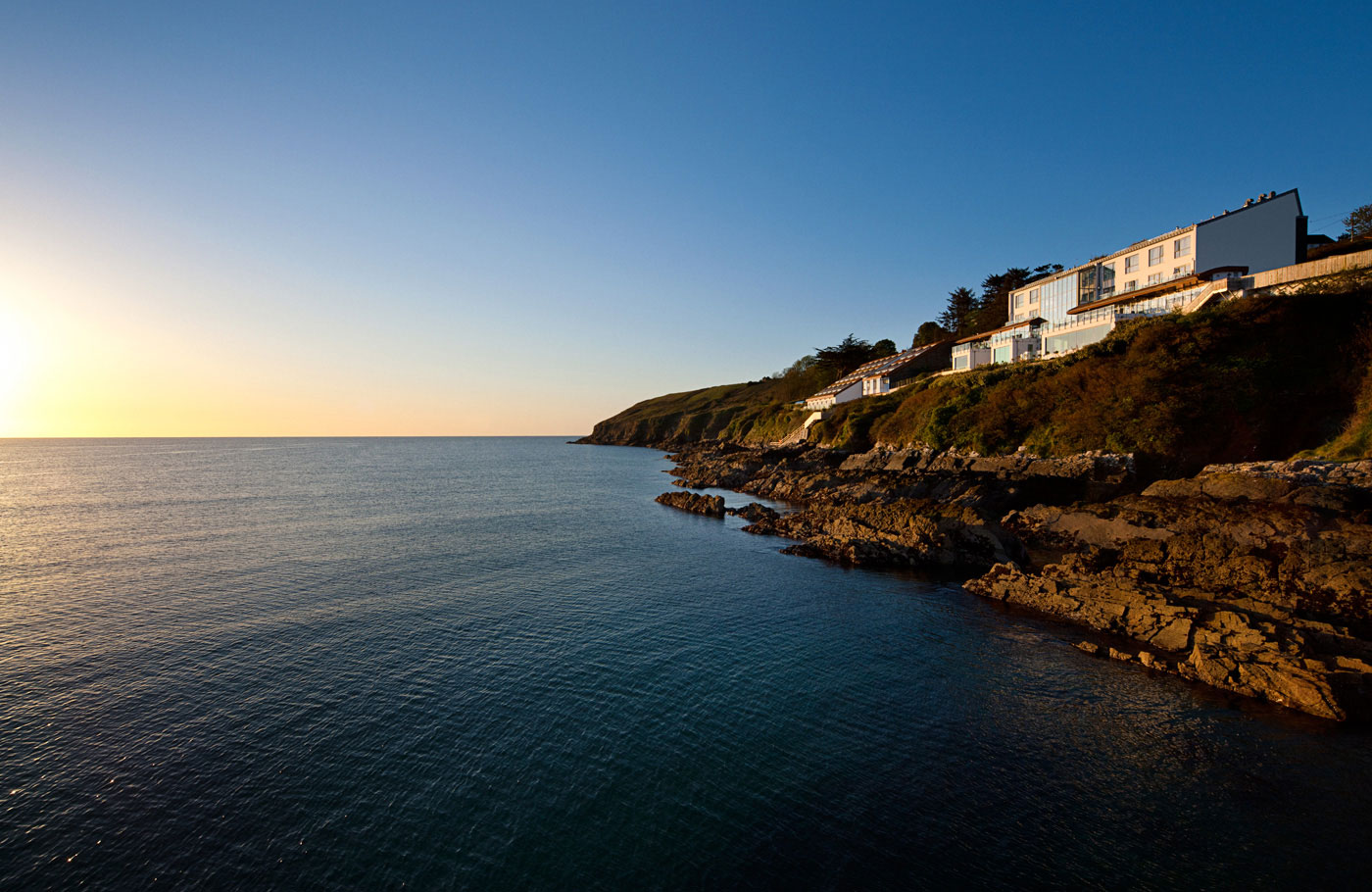Ardmore, County Waterford, is a treasure trove of history, where ancient structures whisper tales of the past. Among its most iconic landmarks is the Round Tower, a remarkable edifice that has intrigued historians and visitors for centuries. This post explores the mysteries surrounding the Round Tower and the rich tapestry of stories that define Ardmore.
The Enigmatic Round Tower
The Round Tower of Ardmore is a testament to Ireland’s architectural heritage. Built in the 12th century, it reaches approximately 30 meters in height and features a conical roof that has captured the imagination of many. The purpose of these towers has been debated among scholars, with various theories proposed over the years.
- Belfries: One prevailing theory suggests that the Round Towers served as belfries for nearby churches. This idea is supported by historical accounts indicating that many towers were built adjacent to ecclesiastical sites. The presence of windows designed to let out sound and remnants of wooden beams for hanging bells lend credence to this hypothesis.
- Watchtowers: Another theory posits that these towers functioned as watchtowers during times of conflict, providing a vantage point for spotting approaching enemies. Their elevated entrances, often about 15 feet above ground level, would have made them difficult to access for potential invaders.
- Fire Altars: Some antiquarians have even suggested that these towers were originally constructed as fire altars by ancient Druids, used in rituals long before Christianity took root in Ireland.
Historical Context
The Round Tower is not just an architectural marvel; it is steeped in the lore of Ardmore. According to historical texts by George Pepper and Hodder M. Westropp, the tower has undergone various interpretations regarding its origin and function. It is believed that it may have served multiple purposes over time, adapting to the community’s needs.
The writings from antiquarians highlight the challenges faced in pinpointing the exact use of these structures. Many scholars have filled volumes with theories, yet the true purpose remains elusive, adding to the allure of Ardmore’s Round Tower.
Architectural Features
The design of the Round Tower is noteworthy. The summit consists of two stones fitted together without iron bolts or rivets, showcasing advanced construction techniques for its time. The weathered stones exhibit grooves and fluting remnants of what may have once been intricate carvings or ornaments.
Local lore adds another layer to its history; some residents recall a cross that once adorned its peak, reportedly shot off by a gentleman aiming at a crow decades ago. This anecdote speaks to the tower’s connection to the community and its enduring presence in local memory.
A Site of Pilgrimage
Ardmore’s Round Tower is not only a historical monument but also a site of pilgrimage. Visitors come from far and wide to pay homage to St. Declan, who founded one of Ireland’s earliest Christian communities here. The tower’s proximity to Ardmore Cathedral and St. Declan’s Oratory enhances its significance as part of a larger ecclesiastical complex.
Conclusion
Visiting Ardmore’s Round Tower offers more than just an opportunity to admire an ancient structure; it invites you to engage with Ireland’s rich heritage and explore the mysteries within its walls. As you stand beneath this towering relic, take a moment to reflect on the countless stories it has witnessed—the druids who may have gathered nearby, the monks who sought refuge within its walls, and the generations who have celebrated their faith at its base.
Ardmore is not just a destination; it is a journey through time where history comes alive through its people and places. As you explore this enchanting seaside village, let the secrets of the Round Tower inspire you and deepen your appreciation for Ireland’s remarkable past.
Citations:
[1] https://www.ardmorewaterford.com/a-land-of-danes-druids-or-saints-fire-alters-bellfrys-and-watch-towers/
Walk In The Footsteps Of Danes, Druids, and Saints
Take a break. Forget your problems. And, just sit back and soak in the beauty of the Round Tower in Ardmore.
Explore this wonderful location at your own pace. And, enjoy a setting that has inspired people for 100’s of years.
As you walk around the Tower, you’ll not be surprised to learn that this Round Tower is also shrouded in mystery.
So, who built it?
For what purpose?
When you get up close to the stories of Ardmore’s past, you’ll hear tales of druids, Danes, and saints as recounted by researchers in such inspiring ways.
Take in the passion of their writings as they explore the purpose of Ardmore’s Round Tower.
In The history of Ireland, from the first colonization of the country, down to the period of the English invasion, comprehending the topography of the scenes of battles, and memorable events, as well as a review of the rise and progress of Irish literature and the fine arts … By George Pepper (1835) discusses:
“It is time we should now speak of the round towers, which are, in a manner, peculiar to Ireland, and which have occupied the ingenuity of so many learned antiquarians to explain their original use. Some have attributed their erection to the Danes, who are supposed to have used them as telegraphs, by placing a light in the aperture on their convex roof; others say, among whom is the learned Vallancey, that they were built by the Milesian Druids, as fire-altars; but Dr. Milner very justly rejects this opinion, by observing, ” that there was no occasion of carrying them up to so great a height as 130 feet.”
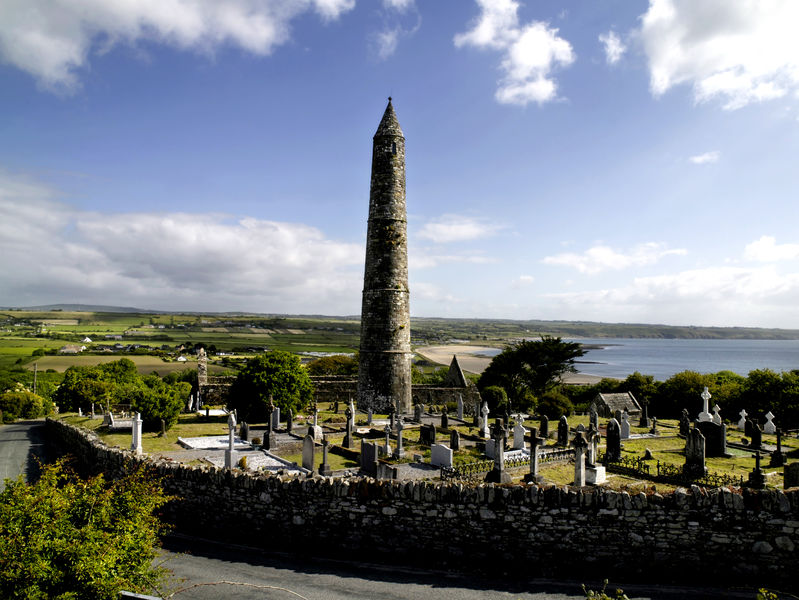
A third system is, that they were watch-towers, raised in times of intestine warfare, to prevent an enemy from taking the dun of the chief by coup de main; another hypothesis is that of Molyneaux and Dr. Ledwich, who maintain with a great force of reason, and. an air of strong probability, that they were belfries to the churches, near which they are situated. To this well-founded conjecture we subscribe, because there is not one of these towers in Ireland which is not quite contiguous to a religious edifice; a fact that sustains the probability that the round towers were belfries, and built simultaneously with their adjoining churches. Smith brings another proof to the support of this opinion, in his history of Waterford published in 1746, when he tells us, “that there was no doubt but the round tower of Ardmore was used originally for a belfry, there is towards the top not only four opposite windows to let out the sound, but also three pieces of oak still remaining, on which the bell was hung; there were also two channels cut in the sill of the door, where the rope came out, the ringer standing below the door, on the outside.
It is also to be observed, that the doors of these towers are uniformly elevated fifteen feet above their base, which has led to the conclusion that the Christian pastor was in the habit of addressing the people from these high vestibules. It is the opinion of antiquarians, that these round towers were built in the sixth century, which has given birth to an argument, that, in that case, they could not be originally intended for belfries, because bells were not introduced into the Christian churches until the seventh century; but this argument will vanish before the historical fact, that during the pontificate of Pope Stephen, the congregations were called to church by the sound of trumpets; so that the Irish round towers might be trumpet-stands before the invention of bells. The late Dr. Milner, it is true, worked hard to subvert this theory; he says ” that none of these towers are large enough for a single bell, of a moderate size, to swing round in it.”
Now, with all due ”The round towers of Ireland,” says an Irish writer of historical learning and antique research, ‘are great puzzlers to the antiquarians. Quires of paper, as tall as a tower, have been covered with as much ink as might form a Liffey, in accounting for their origin and use.”
“In despair of being able to ascertain at what period, and by whom they were constructed,” says Moore, “our antiquaries are reduced to the task of conjecturing the purposes of their construction. That they may have been appropriated to religious uses, in the early ages of the church, appears highly probable from the policy adopted by the first Christians, in all countries, of enlisting in the service of the new faith the religious habits and associations of the old. It is possible, therefore, that they might, at some period, have been used as stations for pilgrims, — for to this day, it is certain that the prayers said at stations, are called Turkish or pilgrim prayers.”
We follow this account with a short article from the Proceeding of the Royal Irish Academy entitled The Round Tower of Ardmore. By Hodder M. Westropp, Esq. April 8, (1867)
“The summit of the cone of the tower of Ardmore was formed of two stones fitted together. There is scarcely any trace of carving or sculpture on them, they are so worn by the weather and defaced by time.
On the side of the larger stone is a kind of groove or fluting, very perfect for about six inches; a corresponding ornamentation was evidently on the other side. On the upper part is a slight projection, which originally may have been a carved ornament. The immediate top bears evident traces of something having been broken off.
The lower inner portion of each stone is hollowed out into a kind of angle, evidently, to meet a corresponding rise in the platform stone they rested upon. No iron bolt or rivet was used to firm them in their position. The two stones fitted together and formed the apex of the conical top of the tower. Some of the old people of Ardmore recollect seeing a cross on the top of it, which, it is said, was shot off some forty years ago by a gentleman firing at a crow perched on the top: Croker makes mention of it as being like a crutch.
This was probably the remaining portion of an Irish wheel cross, such as seen over the tower’s door at Antrim.
We hope that when you visit Ardmore’s Round Tower you’ll be inspired, as they were, by its life and people. And, that you’ll celebrate its enduring legacy in this seaside village.
